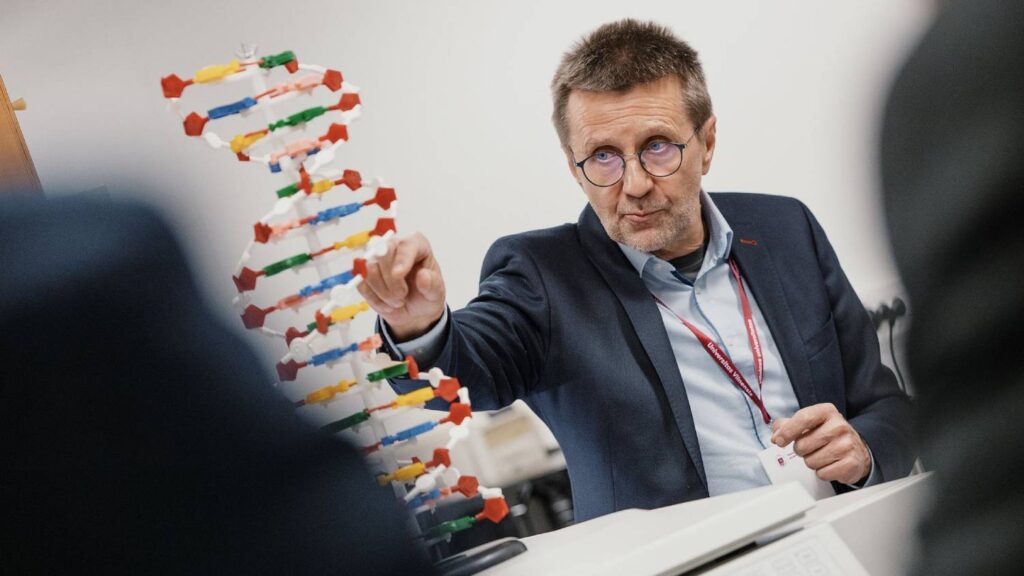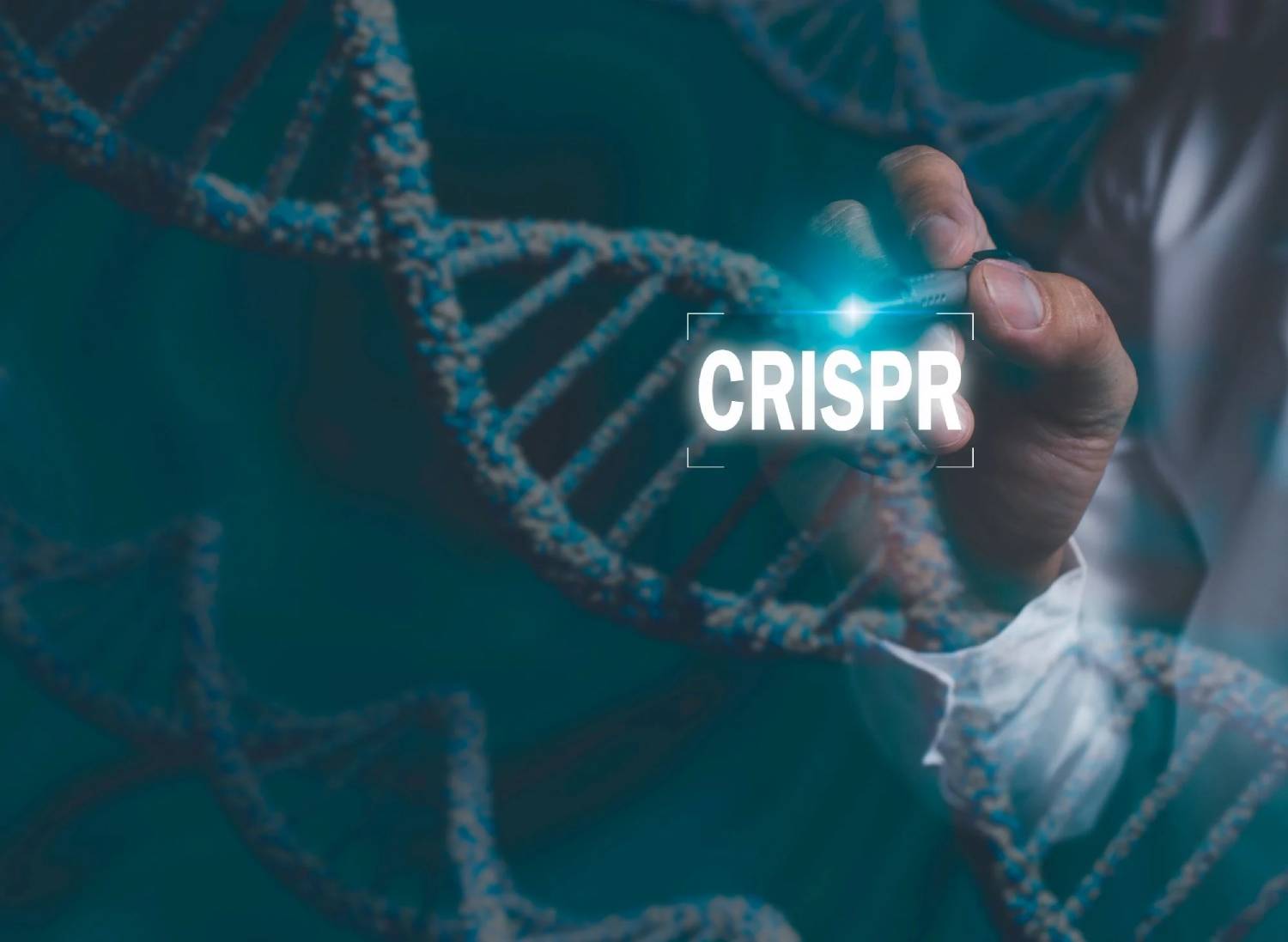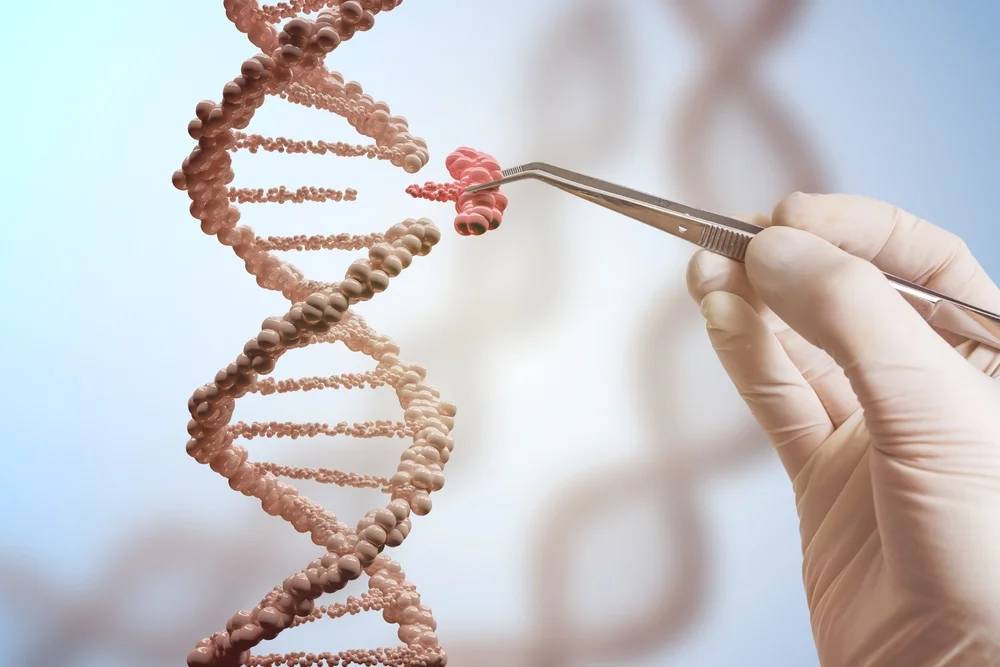The Science Blog

How to Use CRISPR to Cure Genetic Diseases: Breakthroughs & Challenges
CRISPR technology is a powerful tool in synthetic biology and bioengineering. It may change genetic therapy for good. The idea of editing genes to cure genetic diseases, once confined to science fiction, is now a tangible reality. To understand CRISPR’s potential, we need to look at how it works, its scientific advancements, and the challenges it faces in treating genetic diseases.
CRISPR is short for Clustered Regularly Interspaced Short Palindromic Repeats. It is a precise and efficient gene-editing tool. This guide shows how CRISPR can treat genetic diseases. It shows scientific breakthroughs and talks about the ethical and technical challenges in using its full potential.
Quick Guide: Using CRISPR to Cure Genetic Diseases
- CRISPR is a groundbreaking gene-editing tool that enables precise modifications to DNA, offering the potential to cure genetic diseases by correcting mutations at their source.
- It is being used in clinical trials to treat conditions like sickle cell anaemia and cystic fibrosis, with promising results in both genetic therapy and cancer treatment.
Why CRISPR Matters in Genetic Therapy
The Promise of Gene Editing
Gene editing using CRISPR offers hope to millions affected by genetic diseases. Traditional therapies typically manage symptoms rather than address the underlying cause. However, CRISPR aims to permanently correct genetic defects by altering the DNA itself.
In the UK, many people have genetic conditions. These include cystic fibrosis, sickle cell anaemia, and muscular dystrophy. CRISPR technology provides a potential lifeline, allowing scientists to precisely modify faulty genes. If they work, these treatments could greatly boost patients’ quality of life and ease the burden on healthcare systems.
Breakthroughs in CRISPR Technology
Since its discovery, CRISPR has revolutionised genetic research. In 2012, researchers made a big breakthrough. They showed that CRISPR can edit genes in living organisms. Many studies have shown that it can fix genetic mutations. This includes diseases like Duchenne muscular dystrophy and Huntington’s disease.
Recent clinical trials show that CRISPR-based gene therapy works well for sickle cell anaemia and beta-thalassemia. The results show improved health outcomes for patients, marking a major milestone in genetic medicine.
Furthermore, CRISPR is being explored for treating polygenic diseases, which involve multiple genes. These once untreatable conditions are now manageable. Advanced gene-editing techniques make this possible.
Pro Tip: CRISPR’s potential for personalised medicine is immense—tailoring treatments to an individual’s genetic makeup could significantly improve outcomes and reduce side effects.
Step-by-Step Guide to CRISPR Gene Editing
Step 1: Understanding CRISPR Mechanisms
CRISPR is based on a natural bacterial immune system that fights viral infections. Scientists turned this system into a precise gene-editing tool. It enables targeted changes in human DNA.
Components of CRISPR:
- Guide RNA (gRNA): A molecule designed to locate a specific DNA sequence.
- Cas9 Enzyme: A protein that acts as molecular scissors, cutting the DNA at the targeted site.
- DNA Repair Mechanism: When DNA is cut, the cell can fix it. It either turns off the faulty gene or adds a corrected version.
Step 2: Editing the Target Gene
The CRISPR process begins with designing a guide RNA that matches the faulty gene sequence. Scientists then introduce the gRNA and Cas9 enzyme into the affected cells. Once the Cas9 enzyme creates a precise cut, the defective gene can be removed, repaired, or replaced with a healthy version.
Step 3: Delivering CRISPR to the Patient
To apply CRISPR in real-world treatments, researchers use various delivery methods:
- Viral Vectors: Modified viruses deliver CRISPR components into the patient’s cells.
- Lipid Nanoparticles: Small fat-based particles transport CRISPR safely inside cells.
- Electroporation: Electrical pulses temporarily open cell membranes, allowing CRISPR to enter.
Scientists are refining these techniques to make CRISPR treatments safer and more effective.

Applications of CRISPR in Genetic Therapy
1. Treating Monogenic Disorders
CRISPR is especially effective for monogenic disorders, which are caused by mutations in a single gene. Examples include:
- Cystic fibrosis: Fixing mutations in the CFTR gene.
- Haemophilia: Correcting defective blood-clotting genes.
- Sickle cell anaemia: Modifying red blood cells to prevent disease symptoms.
2. Cancer Treatment
CRISPR is changing cancer treatment. It reprograms immune cells to find and kill tumours. Scientists can use CRISPR to:
- Edit T-cells to recognise and attack cancer cells.
- Disable cancer-causing genes that promote tumour growth.
- Enhance immunotherapy treatments.
3. Fighting Infectious Diseases
Researchers are using CRISPR to develop potential treatments for infectious diseases, including:
- HIV: Editing immune cells to resist infection.
- Hepatitis B: Targeting and disabling viral DNA within the body.
- Antibiotic-resistant bacteria: CRISPR can selectively kill harmful bacteria while preserving beneficial microbes.
Expert Tips & Common Mistakes to Avoid
Best Practices for Safe CRISPR Use
- Thorough Testing: CRISPR needs careful testing before it can be used in people. This ensures it works well and lowers risks.
- Minimising Off-Target Effects: Scientists need to improve CRISPR. This will help stop unintended genetic changes that might lead to harmful mutations.
- Ethical Considerations: We need strong ethical guidelines for responsible use, especially in human gene editing.
Common Mistakes and Misconceptions
- Overestimating Immediate Impact: CRISPR is promising. Widespread clinical use is still years away due to regulatory and safety concerns.
- Ignoring Ethical Risks: Some fear that CRISPR might create designer babies or allow for genetic enhancements beyond just treating diseases.
- Oversimplifying Gene Editing: Editing genes is complex. CRISPR’s long-term effects are still being studied.
Important: Although CRISPR holds great promise, its widespread application is still in the early stages. Ongoing research is essential to address safety, ethical considerations, and technical challenges before it becomes a mainstream treatment.
FAQs: Understanding CRISPR and Its Future
Can CRISPR completely cure genetic diseases?
CRISPR has shown promise in treating and potentially curing some genetic diseases. Further research is needed before it becomes a widespread treatment.
Is CRISPR safe?
CRISPR is generally considered safe in controlled studies. Scientists are still working to minimise off-target effects and ensure long-term safety.
Can CRISPR be used for non-medical purposes?
Yes, CRISPR helps make disease-resistant crops. It also plays a role in synthetic biology, which creates new materials and biofuels.
What are the biggest challenges CRISPR faces?
Key challenges include ethical concerns, regulatory approval, long-term effects, and optimising delivery methods.
How soon will CRISPR-based treatments be widely available?
Some CRISPR therapies are in clinical trials. Widespread use could take several years due to rigorous testing and regulatory approvals.

The Future of CRISPR: Hope and Hurdles
CRISPR technology represents a major step forward in genetic medicine. While challenges remain, its potential to cure genetic diseases is unprecedented. As research moves forward, CRISPR might change how we handle genetic disorders, cancer, and infections.
We are entering an era where genetic diseases may no longer be lifelong conditions. Responsible research, ethical choices, and global teamwork are key to using CRISPR safely and effectively.
Are you ready to explore the future of CRISPR? Stay informed, engage in discussions, and be part of the next revolution in healthcare.









